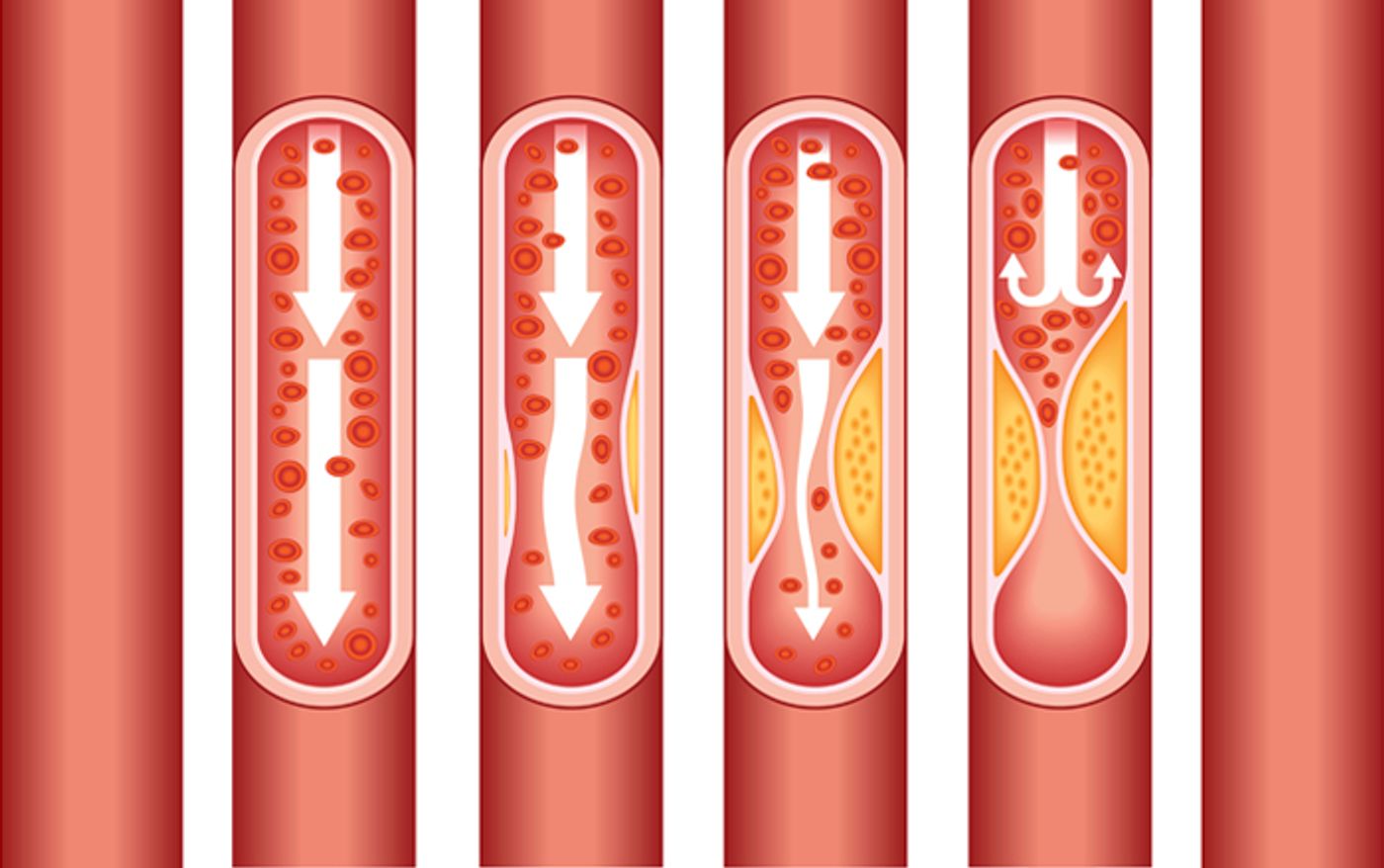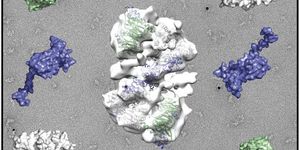The development of dangerous coronary artery calcification shares a common pathway with bone formation, and so heart conditions relating to calcification can also have repercussions involving risk factors for bone disease.
New findings from UT Southwestern Medical Center’s Dallas Heart Study have implicated a largely sedentary lifestyle with increased amounts of calcium deposits in heart arteries, commonly called coronary artery calcification. As calcification levels rise, so does the risk for heart attack.
Cholesterol builds up in heart arteries at increasing rate depending on a person’s diet and exercise choices. Cholesterol clumps together in plaques, and calcium accumulate in the clumps. Coronary artery calcification can be measured with a CT scan as a representation of a patient’s heart attack risk and cholesterol plaque levels.
“Efforts to control coronary artery calcification with medical therapy has not been successful,” said a report in the
Journal of the American College of Cardiology. Percutaneous coronary intervention and bypass graft surgery seem to help increase the length of “event-free” survival in heart disease patients with coronary artery calcification, but prevention is the only true tool to fight back against this condition.
The study involved over two thousand participants wearing devices that measured their physical activity for one week. On average, participants spend 5.1 hours per day sitting and 29 minutes per day participating in light to intense physical activity. What researchers are calling “excessive sitting” is incredibly dangerous for human heart health, even for the participants on the more active end of the exercise spectrum.
Senor author Dr. Amit Khera said the direct relationship between sedentary/sitting time and coronary artery calcification is independent of exercise, socioeconomic factors, and “traditional cardiovascular disease risk factors such as diabetes and high blood pressure.”
“Subclinical atherosclerosis characterized by calcium deposition is one of the mechanisms through which sedentary behavior increases cardiovascular risk and that this risk is distinct from the protective power of exercise,” explained Khera.
In addition to maintaining a healthy, regular exercise regimen, researchers are recommending a reduction of daily sitting time by just one or two hours to make a large difference in heart health.
“Each additional hour of daily sedentary time is associated with a 12 percent higher likelihood of coronary artery calcification,” said Khera.
The present study is published in the
Journal of the American College of Cardiology: Cardiovascular Imaging.
Sources:
UT Southwestern Medical Center,
Journal of the American College of Cardiology









